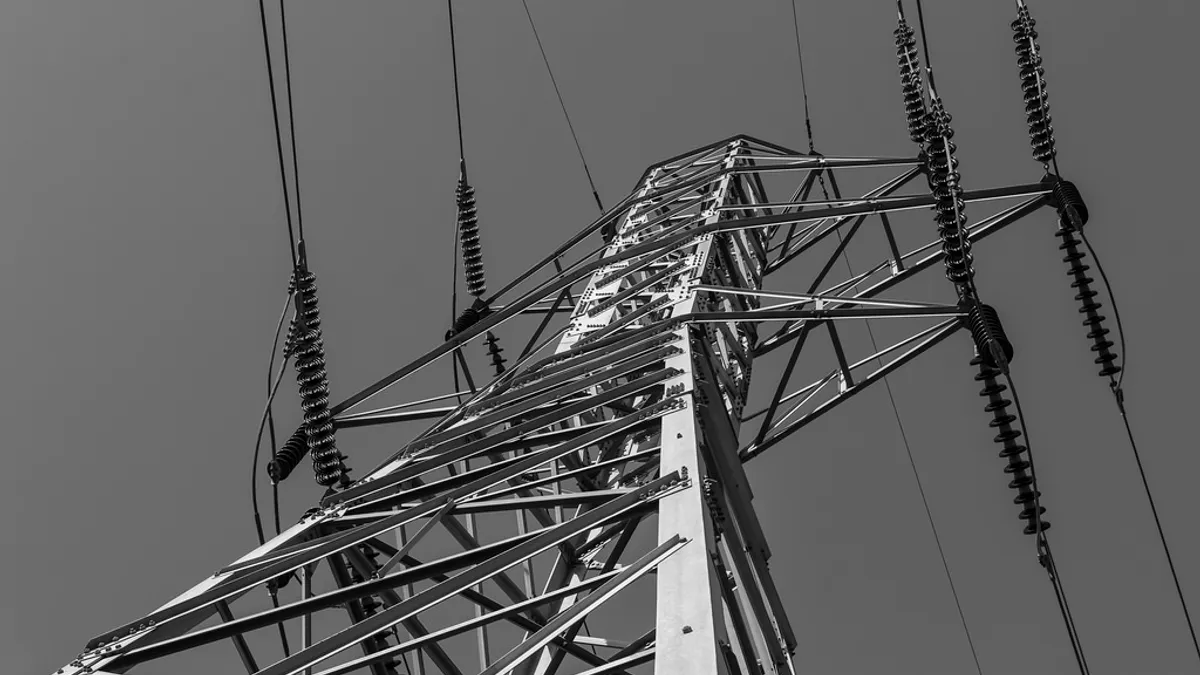Dive Brief:
- Florida Power & Light this week said it would use federal tax savings from the recent overhaul to repair $1.3 billion in damage caused by Hurricane Irma last year, avoiding a rate increase and saving individual customers up to $250.
- In addition, customers will see rates decline beginning March 1 as recovery for Hurricane Matthew damage rolls off bills. The average FPL customer bill will decline $3.35/month.
- The utility also hinted that it could use future tax savings to potentially avoid a generate base rate increase through the end of 2022.
Dive Insight:
Hurricane Irma was the most expensive in Florida's history, but when paired with the Trump Administration's tax overhaul, including a significant drop in corporate rates, the head of FPL said it created "an unusual and unprecedented opportunity."
FPL's current base rate agreement, which was approved by the Florida Public Service Commission in 2016, allows it to leverage the federal tax savings this way. The agreement set parameters for base rates and storm surcharges from 2017 through at least 2020.
According to the utility, after charges for Matthew roll off FPL's rates will drop to almost 30% below the national average. Previously, FPL had indicated it would begin recovering the $1.3 billion restoration cost through a surcharge that would remain on customer bills through 2020. That, in turn, could avoid a general base rate increase for "up to an additional two years," said Eric Silagy, president and CEO of FPL.
In 2006, the typical FPL customer bill was $108.61. It is currently $102.72 and will decline to $99.37 beginning March 1, according to the utility.
Jacksonville Electric Authority, also dealing with storm recovery, has toyed with the idea of undergrounding the remainder of its power lines in order to cut power restoration times. The city wants the added reliability, but the cost is a bit much. According to News 4, JEA's system includes 7,000 miles of power lines and more than half are already underground.
But to underground the remaining 3,000 miles of line would cost $6.6 billion, the local station reported, amounting to a 100% rate increase.















